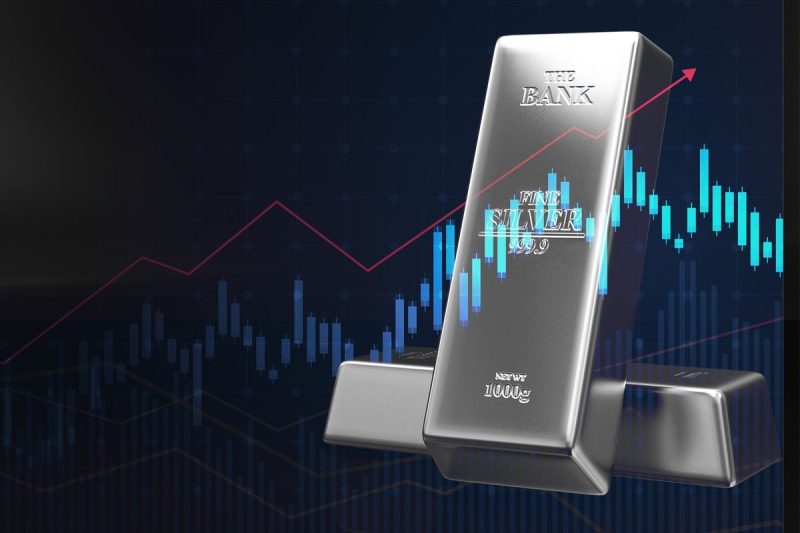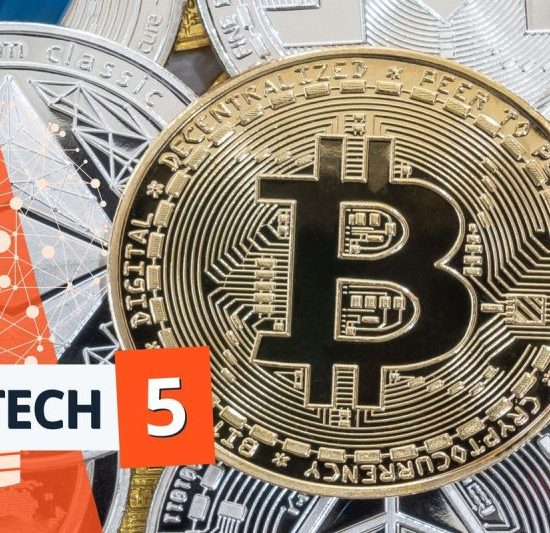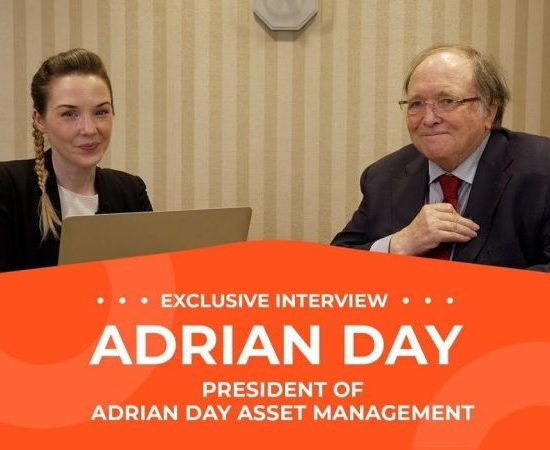Underlying Dynamics of Investing in Silver Bullion
The first key point to be considered when evaluating the potential of silver bullion as an investment is the underlying economic and market dynamics that drive its value. Historically, precious metals like silver have served as a reliable hedge against inflation and economic turmoil. This is because these kind of commodities do not correlate directly with other types of investment assets such as equities, allowing them to maintain or even increase in value as other markets destabilize.
Silver has a unique advantage over other precious metals like gold in that it has substantial industrial usage. Silver is used in a broad array of industries, ranging from electronics to medical applications to renewable energy technologies. This gives silver a robust demand profile that extends beyond its status as a precious metal or store of value. With the drive towards renewable energy and high-tech industries continuously on the rise, the demand for silver in these sectors is projected to continue to increase significantly in the future.
Investing in Silver Bullion versus Silver Exchange Traded Funds (ETFs)
One of the critical decisions potential investors in silver need to make is whether to buy physical silver – in the form of bullion – or to opt for silver Exchange Traded Funds (ETFs). Silver ETFs, like any other exchange-traded products, are designed to track the price of silver on the global market. They offer a more accessible alternative for investing in silver without the need to physically handle or securely store the metal.
However, investing in physical silver presents its unique advantages. Owning silver bullion can provide a much more tangible form of wealth protection, as it is a real physical good that can be held onto even during severe economic or societal disruptions. It provides a sense of security and certainty that digital or paper assets may be unable to do.
Furthermore, investing directly in silver bullion provides investors with the flexibility to sell portions of their investment, which may not always be the case with other forms of investing in silver. This could enable you to more effectively respond to changes in market circumstances or your personal financial situation.
The Risks in Investing in Silver Bullion
All investments come with risks, and silver bullion is no different. One must be aware and consider these risks before investing. The first is the volatility of the silver market. Precious metals’ prices can fluctuate significantly in short periods, often due to macro-economic trends or geopolitical events that are difficult to predict or account for.
Secondly, while investing in physical silver provides a more tangible form of wealth, it also presents practical issues of storage and security. Investing a significant amount in silver bullion will necessitate secure storage, which could potentially involve extra costs and logistical considerations.
Finally, like all commodities, silver isn’t income-generating. It doesn’t pay dividends or generate interest. Rather, investors in silver essentially bank on the appreciation in the metal’s price over time, a factor that hinges on market volatility and broader economic trends.
Avenues for Silver Bullion Investment
If you decide that investing in silver bullion is the right choice, a number of avenues exist for you to do so. Bullion comes in various forms, including coins, rounds, and bars, with minted coins being the most recognizable. Government mints like the United States Mint and The Royal Canadian Mint produce silver coins annually with varying designs and denominations. Likewise, private firms produce rounds and bars. When selecting a bullion product, consider its purity, weight, design, and the reputation of the mint that produced it.
In summary, the decision to invest in silver bullion involves considering the metal’s unique position as both a store of value and an industrial material, the specific advantages and challenges of owning physical silver, the inherent risks of the market, and deciding on the preferred form of silver ownership. As with any investment, prospective silver investors should carefully consider their personal financial situation, investment goals, and risk tolerance before committing to an investment.




